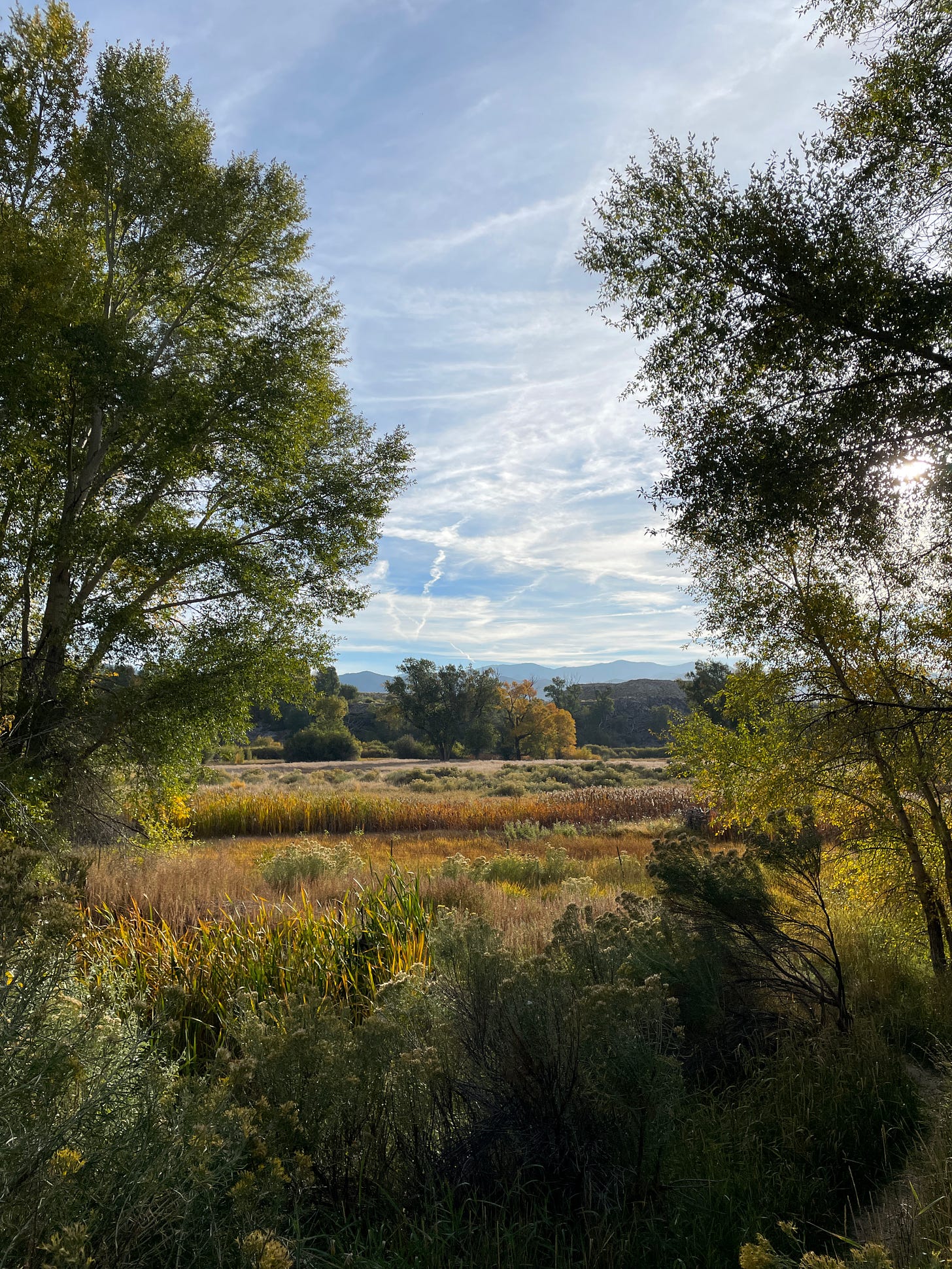To live among the dead
A few weeks ago, someone queried our community Facebook page for information about hauntings in our downtown buildings. I laughed when I saw the comment count push above 50 (I just checked, it’s now up to 79). We have an abundance of buildings built in the 1800s. They’ve seen their share of booms and busts, in the case of the brothels, quite literally. Tunnels exist beneath our feet as we tread the boards of old hotels. On the horizon is a hideous smoke stack, a dark legacy that I hope someday crumples. Old railroad structures linger on the riverbank, their broken windows and steampunk vibes house generations of pigeons and finches. A friend owns the former Poor Farm, whose walls hold reams of stories. Personally one of my favorite places is the Poor Farm plague house which sits adjacent to a wildlife area. There have been many mornings I have stood in the tall grass, coffee in hand, spinning tales about those that lived and died in the tiny building.
Other than the plague house, I’m not tempted to write about the history of North America. My relatives came to Colorado during the 1800s, during a wave of immigration that forced indigenous people from their lands. It’s a legacy that I am uncomfortable with, I’m too close to that story to tell it. The spirits of the Ute people haunt the landscape here, there is evidence everywhere if you choose to pay attention.
As you would expect of a historical fiction writer, I spend a lot of time among the dead. In fiction, we get to imagine what past individuals might have experienced. When I’m researching a book, I read accounts from literature, but I also search out unusual sources that might tell me the stories of people who were overlooked. While studying history, it becomes clear that many of the problems of the past are still issues in our modern age.
In A Garden of Shadows, Linnea is drawn into the contentious issue of living conditions in Granada. As rich colonists were forced from their plantations, they arrived back in Spain flush with gold and wanting to build elaborate homes. However, there were already people living in those neighborhoods. People who had just survived civil unrest and a cholera epidemic. I bet you can already see where this going.
Because it is inevitable that life imitates fiction, I’m also working with Julie Speer Jackson on a documentary about health equity and determinants of well-being in Chaffee County. As many of you know, we, like many mountain communities, are facing major housing challenges. So, these days, not only I am writing about the housing crisis of late 19th century Spain, but I’m also working my way through transcripts of my neighbor’s experiences in Chaffee County.
For these and many other reasons, I find the question of why we can’t seem to learn from the lessons of the past upmost in my mind. Is it as the famous axiom says, are we doomed to repeat it, or will these painful issues someday be resolved?
Obviously, I don’t have the answer, no tidy ending to this story. I think I’ll fill up my travel cup with tea and go for walk out near the plague house. Maybe the ghosts of the Arkansas Valley will tell me how this tale ends.






